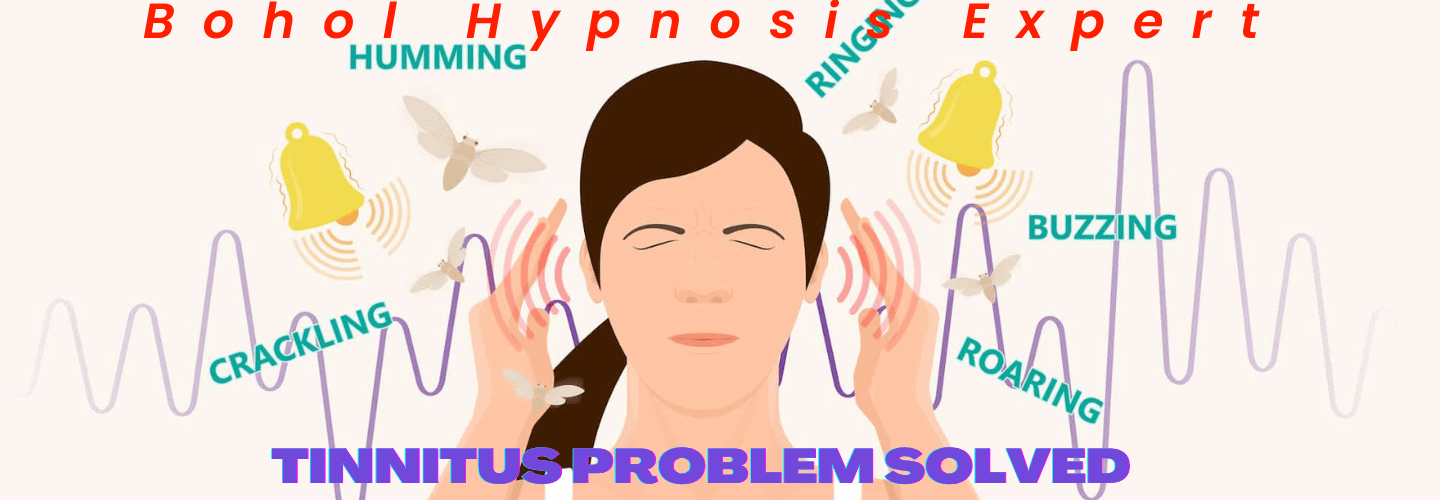
Explore the power of self-hypnosis with these 5 relaxation techniques. Start with deep breathing to induce relaxation and reduce stress. Try progressive muscle relaxation by tensing and releasing muscle groups for deep relaxation. Boost mood with positive affirmations and visualizations. Set clear relaxation goals to guide your mind towards balance and clarity. Consider guided sessions or apps for structured support. Transform your mental well-being and achieve deep relaxation. Upgrade your self-care routine by implementing these techniques today.
Key Takeaways
- Deep Breathing Technique: Induces relaxation and triggers the body's relaxation response.
- Progressive Muscle Relaxation: Methodical approach to relaxing the body and reducing muscle tension.
- Positive Affirmations and Visualizations: Enhance relaxation, boost mood, and foster self-confidence.
- Setting Clear Relaxation Goals: Improve mental health, lead to stress reduction, and enhance emotional balance.
- Utilizing Guided Sessions or Apps: Offer structured support, ensure consistency, and enhance relaxation experience.
Deep Breathing Technique
Deep breathing, an essential technique in self-hypnosis, serves as a powerful tool for inducing relaxation and reducing stress through deliberate, slow inhalation and exhalation. This intentional breathing pattern triggers the body's relaxation response, leading to a decrease in heart rate and blood pressure, creating a profound sense of calm. By incorporating deep breathing into self-hypnosis routines, individuals can enhance their ability to enter a hypnotic state more deeply, amplifying the overall benefits of relaxation.
Moreover, deep breathing plays a vital role in improving mental clarity and focus during self-hypnosis sessions. The increased oxygen flow to the brain revitalizes cognitive function, aiding in concentration and mindfulness. Additionally, regular practice of deep breathing not only promotes better lung function but also helps in reducing anxiety levels, ultimately contributing to an enhanced sense of well-being.
As individuals engage in self-hypnosis techniques that involve deep breathing, they empower themselves to manage stress more effectively and cultivate a harmonious balance between mind and body. This holistic approach to relaxation not only fosters a tranquil state of mind but also nurtures overall mental and emotional wellness. Embracing the power of deep breathing within self-hypnosis practices can lead to transformative experiences and a deeper connection with oneself.
Progressive Muscle Relaxation
Incorporating a methodical approach to relaxing the body, Progressive Muscle Relaxation involves systematically tensing and then releasing various muscle groups to promote deep relaxation and alleviate physical stress. This relaxation technique is often utilized in self-hypnosis practices to induce a state of profound calmness and enhance overall well-being. By focusing on each muscle group individually, individuals can increase their body awareness and effectively release accumulated tension.
Progressive Muscle Relaxation is a powerful tool for reducing muscle tension and promoting relaxation. By consciously tensing and then relaxing different muscle groups, individuals can let go of stress and experience a deep sense of calm. This technique not only helps in reducing stress but also contributes to improving sleep quality. Regular practice of Progressive Muscle Relaxation can lead to decreased anxiety levels and a greater sense of relaxation in daily life.
Enhancing body awareness through Progressive Muscle Relaxation allows individuals to connect with their physical selves and release any tightness or discomfort held within the muscles. This practice of systematically relaxing the body can have a profound impact on one's overall well-being, promoting a sense of calmness and relaxation that extends beyond the practice itself.
Positive Affirmations and Visualizations

Utilizing positive affirmations and visualizations in self-hypnosis can greatly enhance relaxation, boost mood, and foster self-confidence. Positive affirmations act as empowering statements that reinforce desired beliefs and outcomes, instilling a sense of positivity and motivation during the self-hypnosis process. By repeating affirmations such as 'I am calm and at peace' or 'I have the strength to overcome challenges,' individuals can reduce stress levels and improve their overall mood.
Visualizations, on the other hand, involve creating vivid mental images of peaceful settings or desired goals. When incorporated into self-hypnosis practices, visualizations help individuals enhance relaxation, focus, and goal achievement. By imagining themselves in a serene beach setting or visualizing successfully reaching a personal milestone, individuals can deepen their state of calm, improve mental clarity, and boost self-confidence.
Moreover, incorporating specific goal visualizations during self-hypnosis can enhance the brain's receptivity to suggestions, making it easier to manifest desired outcomes. Whether aiming to reduce stress, improve mood, or boost self-esteem, positive affirmations and visualizations are powerful tools that can guide individuals towards a deep state of relaxation and mental well-being.
Setting Clear Relaxation Goals
To enhance the effectiveness of self-hypnosis practices, it is essential to establish clear relaxation goals that serve as guiding intentions for the mind during the sessions. Setting clear relaxation goals in self-hypnosis is vital for improving mental health and overall well-being. By defining specific outcomes such as promoting calmness, reducing stress, or enhancing sleep quality, individuals create a roadmap towards achieving deep relaxation and emotional balance.
Clear relaxation goals act as a focal point during self-hypnosis sessions, helping to direct the mind towards releasing tension, calming racing thoughts, and achieving a state of tranquility. These goals provide a sense of purpose and direction, enhancing the efficacy of the practice and leading to improved mental clarity and stress reduction.
When individuals set clear relaxation goals for self-hypnosis, they empower themselves to work towards deep relaxation, which is essential for emotional well-being. By focusing on goals like releasing tension in the body and calming the mind, individuals pave the way for a more balanced and harmonious state of being. Ultimately, establishing clear relaxation goals in self-hypnosis can lead to a profound sense of calmness, improved sleep, and enhanced overall mental health.
Utilizing Guided Sessions or Apps

For individuals seeking to enhance their self-hypnosis practice and deepen their relaxation experience, guided sessions or apps offer structured support and guidance. These resources provide a wealth of structured relaxation techniques and scripts, guiding users through the process of inducing a hypnotic state and incorporating positive suggestions effectively. With customizable features such as background music, voice prompts, and adjustable session lengths, individuals can tailor their self-hypnosis experience to suit their preferences and needs.
One of the key benefits of utilizing guided sessions or apps is the assurance of consistency in self-hypnosis practice. By following along with the guided sessions, users can stay focused on relaxation and goal achievement, fostering a sense of progress and development in their practice. Whether you are a beginner looking for support and structure or an experienced practitioner seeking to deepen your practice, these tools can greatly enhance your self-hypnosis experience.
Frequently Asked Questions
How to Hypnotize Yourself to Relax?
To hypnotize yourself for relaxation, focus on inducing a calm state by practicing deep breathing, progressive muscle relaxation, and positive affirmations. By guiding your mind towards tranquility and releasing tension through self-hypnosis, you can achieve stress relief, mental calmness, and emotional balance.
Embrace serene thoughts, inner peace, and reduce anxiety to foster a tranquil mind. This self-induced hypnotic state can be a powerful tool for relaxation and rejuvenation.
What Are the 4 Steps of Self-Hypnosis?
Self-hypnosis typically involves four key steps: relaxation, induction, deepening the trance, and applying suggestions. Through techniques like breathing exercises, visualization, muscle relaxation, and mindful meditation, individuals guide themselves into a hypnotic state.
Is It Possible to Self-Hypnotize Yourself?
Yes, it is possible to self-hypnotize yourself. Self-hypnosis offers numerous benefits such as stress reduction, behavior modification, and personal development.
Despite common myths, self-hypnosis techniques like relaxation, focused attention, visualization, and affirmations can be effective in inducing a hypnotic state.
How to Hypnotize Yourself Into Deep Trance?
To induce deep trance through self-hypnosis, one can utilize:
- Deep breathing
- Visualization techniques
- Progressive muscle relaxation
- Guided imagery
- Mindful meditation
- Autogenic training
- Positive affirmations
- The power of suggestion
- Relaxation response
Conclusion
To sum up, self-hypnosis techniques can be effective tools for achieving relaxation and reducing stress.
For example, a recent study showed that individuals who practiced positive affirmations and visualizations daily reported significant improvements in their overall sense of well-being and decreased levels of anxiety.
By incorporating these techniques into your daily routine, you can experience similar benefits and enjoy a more relaxed and peaceful state of mind.
Start implementing these techniques today and watch as your stress levels decrease and your relaxation levels increase.





